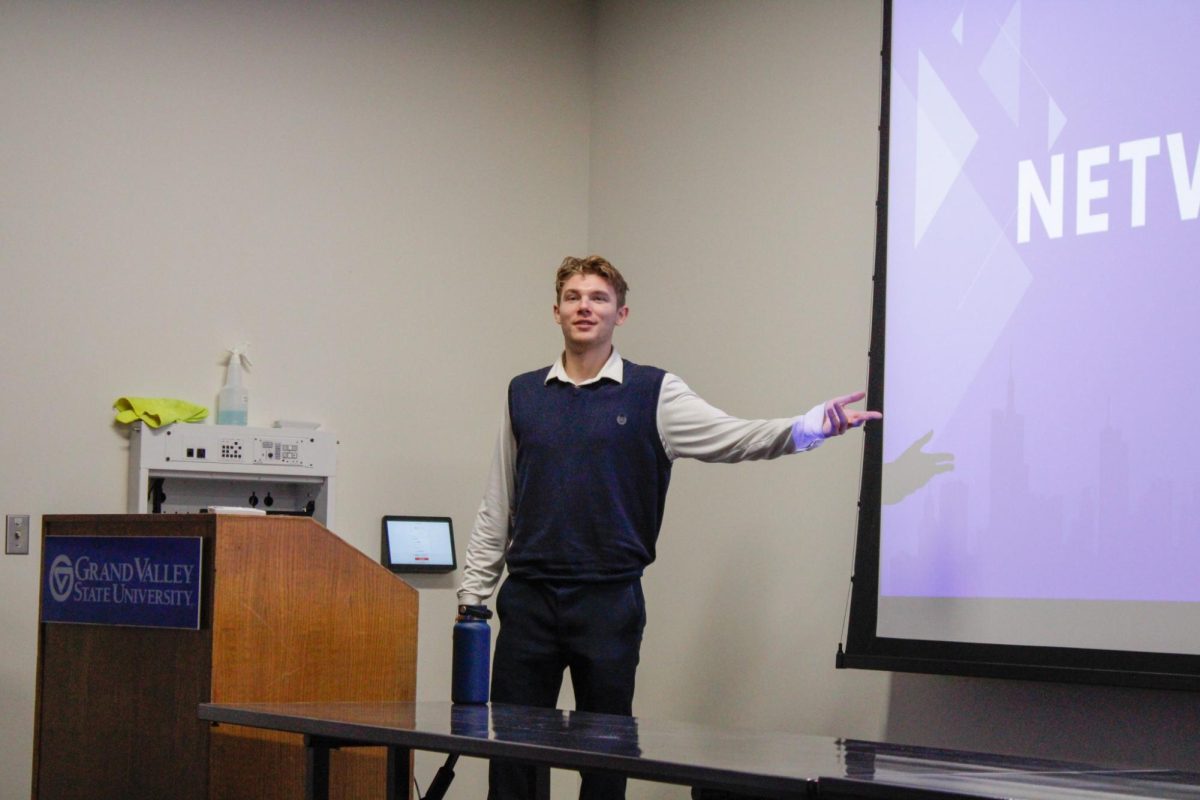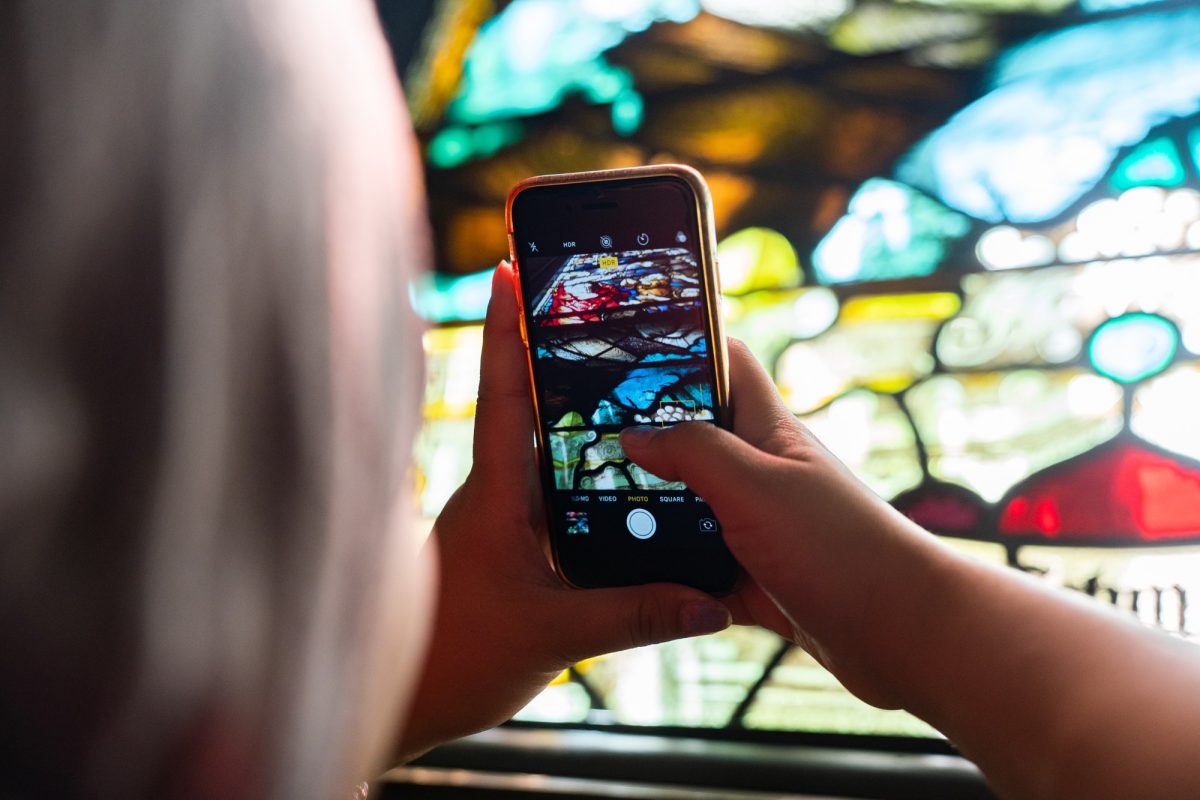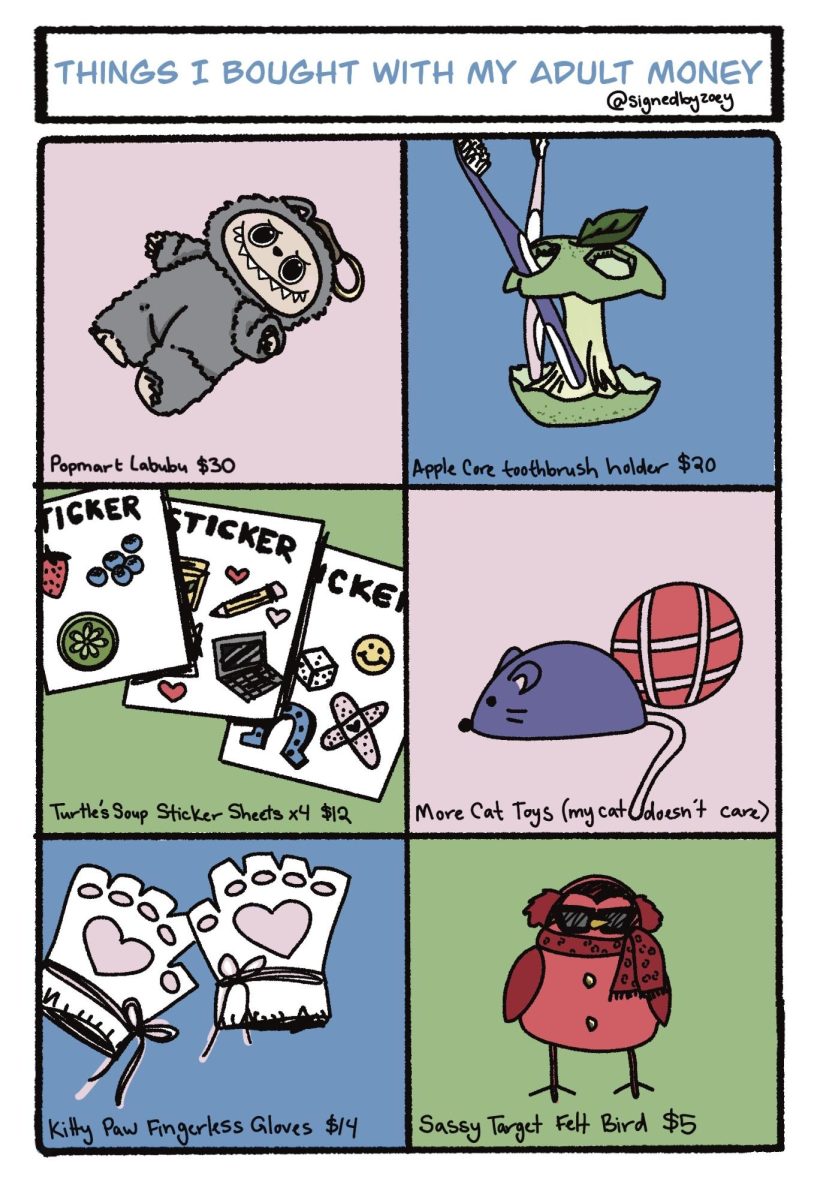Editorial: Mitigating monkeypox misinformation
Aug 1, 2022
In the wake of the COVID-19 pandemic emerges the looming presence of monkeypox, a rare disease caused by infection with the monkeypox virus as defined by the Centers for Disease Control and Prevention (CDC).
With the emergence of another primarily unknown disease, how the wider community is reacting can range from preventive measures like vaccines, educated caution or apathy from the toll of working through COVID-19 precautions throughout the past three years.
The framing by the media on monkeypox can potentially shape how the public views this virus.
According to the Centers for Disease Control and Prevention (CDC), some symptoms of the virus include a fever, headache, swollen lymph nodes and respiratory symptoms such as coughing or a sore throat. The significant indicator is a small, painful and/or itchy rash resembling a pimple or blister.
Symptoms typically occur within the first three weeks of initial contact with the virus and transmission can occur multiple ways including bodily fluids, skin contact, and respiratory droplets.
Contracting the virus is more likely to happen during sexual contact, however, the virus is not a sexually transmitted disease and the risk of getting monkeypox is less likely through other forms of close contact.
Currently the World Health Organization (WHO) declared the illness a global health emergency.
Yet, the risk to the community is being presented as low.
Health officials have acknowledged the fact that the spread of the virus is significant amongst men having sexual relations with other men. According to WHO official Rosamund Lewis in an interview with CNBC, health officials are urging a reduction of interactions as 99% of infections are amongst men and 95% of those patients stated they have had relations with other men.
However, this coverage is leading to misconceptions about how the virus spreads and concerns about how it could be framing the virus as something that only affects men who have sex with men. Many worry that the virus will be a tool in villainizing or ostracizing members of the LGBTQ community similar to the AIDS crisis in the 1980s.
Although the spread is currently recorded at a higher rate in groups of men having sex with men, presenting the threat of the spread of the virus as intrinsic to a specific group or action can be misleading.
With misconceptions forming amongst the public about the disease being an STD and what impact the virus could have if it spreads among the wider community, health officials warn that such could prevent adequate, objective investigation and care aimed at stopping the virus from spreading further.
Although the concerns currently aren’t as high as they were for COVID-19, one should be mindful of the potential damages that this illness poses both for public health and socially.
Given the work the Grand Valley State University campus has done and the resources it has provided toward the equal treatment of its LGBTQ community members, the GVSU community and the nation at large must be vigilant in rejecting stigma against a segment of the population already too well-versed in the harm that such animus can generate.
Instead, this campus and this country must seek to care for the wellbeing of our community as a whole – irrespective of differing identities – in the face of this shared challenge and all others.


























